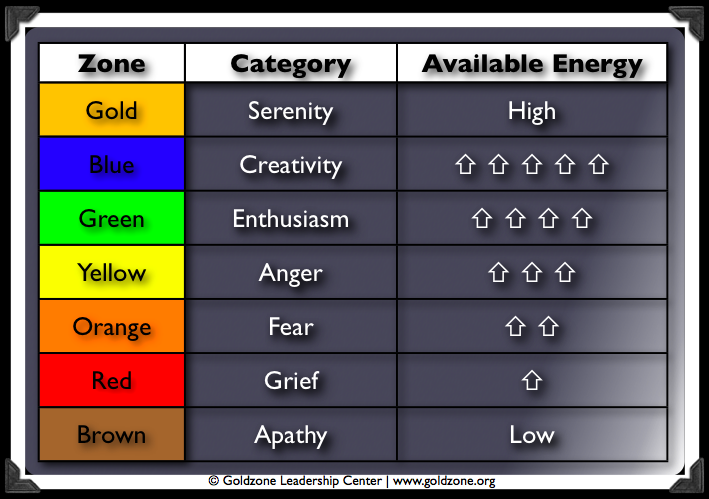Dealing with unwanted feelings can be a very tricky thing. It can often lead to upsets and a lot of unhappiness in relationships between people.
The purpose of this article is to provide some understanding of feelings, their purpose in our lives, and to provide a guideline for expressing one’s feelings in an appropriate manner.
We are all familiar with people who are supposedly calm, nothing bothers them, and then one day something goes wrong and they explode in a fit of rage. Or the relationship where everything was going along nicely and all of a sudden, out of the blue, one partner announces that they are leaving.
Our feelings impact every area of our lives and are often the hidden drivers of our behaviors, attitudes, and beliefs. When we feel things we would rather not feel, most of us will attempt to suppress the feeling, rather than look for the original cause or source of the feeling. Some of the things people do to suppress feelings are:
- Go shopping
- Eat, even if not hungry
- Drink alcohol
- Smoke cigarettes or cigars
- Take illegal drugs
- Take legal prescription drugs
- Engage in extreme sports
- Engage in sexual activity
- Engage in gossip
- Work harder
- Engage in a fight, or abuse others
You will notice from the above list, that these activities, when taken to the extreme, are detrimental to one’s health and are often destructive to other people also.
So why is it that so little is known about feelings? Why aren’t emotions discussed in school? And why are so few people looking for the cause of their feelings rather than being at the effect of them?
The primary reason for this lack of awareness and education on this subject is because up until recent times, very little was really known about our emotional natures – and it is also a highly explosive and controversial subject.
The impact of modern life and industrialization has created a society of people who do not listen to nor value their emotional selves. This causes people to engage in destructive relationships, unfulfilling careers, and to live in places that are an affront to the senses.
So what would happen if people learned about feelings and their impact on life? What would happen if people listened to their intuition and their emotional natures more and included this input into their decision-making? What would happen if people learned safe ways to express their feelings – rather than suppress them?
We would have happier, more fulfilled, more balanced, more loving societies.
What are emotions anyway?
Emotion is the connecting energy between our mental planning and conceptualization and our physical action.
Consider the below model:

If we have one of the above elements missing or suppressed, we will not realize our full potential as a human being.
If we are spiritually disconnected, or we have no belief in, or experience of, a higher power that is greater than ourselves, we are then only operating on the mental, emotional and physical planes.
If we are mentally slow, or underdeveloped, then we are not able to plan or to solve problems of life and living.
If we are spiritually connected, mentally developed and physically oriented, but have the emotional plane blocked or suppressed, we will not have the energy to create the results we want, nor will we be able to move others to action or to connect deeply with people in relationships.
There are many people who have no spiritual source, are very mentally developed (sometimes to the genius level) are totally suppressed emotionally, but they are physically oriented. These people are able to connect with us physically and mentally, however, they are unable to feel real empathy or to connect on a spiritual level.
With one or more of the planes suppressed or underdeveloped, we will not realize our full potential and we will not be fulfilled with our lives – regardless of the success or recognition that we achieve.
So you can see, that in order to be a fully realized, self-actualized human being, one must be developed on all four planes: spiritual, mental, emotional and physical.
Emotions are misunderstood
In many societies around the world, being under control, calm and expressionless under pressure are accepted and valued as “strong,” while being expressive and alive with emotions is considered “weak.” This is often referred to as the person being “emotional.”
This judgment comes from labeling emotions as good and bad. Good emotions are accepted and bad emotions are unacceptable. We learn from our parents and the people who care about us which emotions are bad and not to be expressed, and which emotions are good and should be expressed often.
The problem is that different families have different assessments of good and bad.
For example, in one family it may be considered good to express joy, and bad to express anger. In another family, it may be the exact opposite. What happens when two people from these families get together and form a relationship? This will cause constant fighting and unhappiness because what is considered good behavior by one person, will be considered bad by the other.
In order to be a whole and complete person, we must be able to experience and express all of the emotions available to mankind. This is a tall order for many people. The tendency is to avoid some feelings and move towards others which cause us to be at the effect of our emotions. They have us, we don’t have them.
There are no good or bad emotions
Letting go of the labels of good and bad in terms of emotions will liberate us from being at the effect of our own and other people’s emotions. Once we understand that every emotion is a necessary part of life and has its place, we can then free ourselves from avoidance and embrace the appropriate emotion for the appropriate situation.
For example, when a tiger is stalking us, it is appropriate to feel caution and fear. It is inappropriate for us to feel enthusiasm or serenity… this will have us being eaten! It is also not appropriate for us to feel and express anger when another person says, “I love you.”
There are hundreds of different emotions or feelings
There are literally hundreds of different emotions that are broken down into specific feelings, and then further categorized into seven primary zones. Each zone has a corresponding color that loosely matches the chakras as well as the stages of childhood development.
You will notice from the above model, that our available energy is low at the bottom of the scale and increases as we go up the scale.
Each category or zone includes many other feelings on a scale of intensity. For example, in the fear zone (Orangezone), the top of fear is uncertainty, nervous and worry, and the bottom is a blind terror. So you can see that mild fear is a little uncomfortable and extreme fear is very uncomfortable.
This is the same with all the zones. The anger zone begins with boredom at the top, rage at the bottom, and many different flavors of anger in between.
What happens when an emotion is blocked
What happens to a person who comes from a family where anger is judged as a “bad” emotion, and it is not acceptable to feel, let alone express it? What this does is limit the ability of the person to feel, experience and express emotions that are higher on the scale than anger. In other words, anger blocks the person’s free flow of emotional energy.
This block causes a major limitation on the person’s life and creates all kinds of problems at work and in relationships. Any time someone expresses anger around this person, they will want to run away or they will become angry themselves. In other words, they either avoid or challenge.

